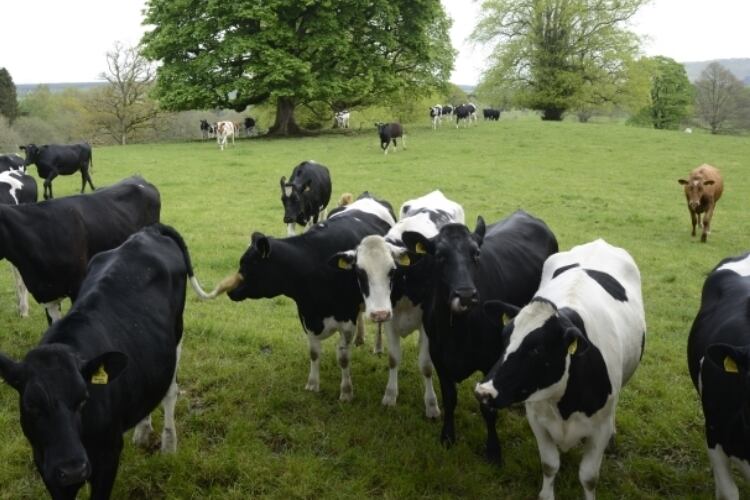Farming in particular releases significant amounts of two greenhouse gases, methane and nitrous oxide. Methane is produced by livestock during digestion due to enteric fermentation and is released via belches. It can also escape from stored manure and organic waste in landfills. Nitrous oxide emissions are an indirect product of organic and mineral nitrogen fertilizers.
Agriculture accounted for 10% of the EU’s total greenhouse-gas emissions in 2012 – although decline in livestock numbers, more efficient application of fertilizers, and better manure management reduced EU emissions from agriculture by 24% between 1990 and 2012.
Methods to further reduce greenhouse-gas emissions linked to food production in the EU have been proposed, including a better integration of innovative techniques into production methods - such as capturing methane from manure, more efficient use of fertilizers, and greater efficiency in dairy production (i.e. reducing emissions per unit of food produced).
In addition to such efficiency gains, changes to consumption can help to further lower greenhouse-gas emissions linked to food.
The UK agricultural sector has committed to a reduction of 3m tonnes of CO2e by 2020.
Neil Dyson, at Holly Green Farm, Aylesbury, has a herd of 500 Holstein cows, each producing an average of 9,000 liters of milk a year. As part of his commitment to climate change, Neil is a keen advocate of sequestration.
One of agriculture’s major opportunities to help mitigate the effects of climate-warming gases lies in management of soil to increase organic content, thereby removing carbon from the atmosphere.
This process is known as sequestration and combines crop rotation and low or no inputs of pesticides, herbicides, and industrial fertilizers.
Dyson said, “We adopt a policy of minimal cultivation and only plow the land at certain times of the year. There’s a network of hedges and ditches which runs across our land and these remain unfertilized.
“As well as reduced the levels of carbon released into the air, this has also helped promote nature and wildlife and we often see otters, barn owls and roe deer on our land.”
Central to the farm’s operation is a biomass boiler and an area of solar panels that Neil designed to maximize the farm’s efficiency.
Dyson also recently installed 15 real-time cameras on his farm to monitor his cows’ behavior.
The technology, Herdvision, has been developed by Kingshay working in partnership with the Centre for Machine Vision in the Bristol Robotics Laboratory at the University of the West of England and AgsenZe. It means technology can complement traditional methods using the human eye to capture more accurate results.
Dyson said, “These cameras survey the cows’ social behavior and can pick up any concerns about welfare such as mobility, lameness and sickness far more accurately than the human eye alone.”
Dyson said he understands the role farmers need to play if the government’s climate change targets are to be met.
“Farmers can’t simply buy credit for promoting climate change. As primary producers and stewards of the countryside, we must be part of the solution and show ways we can help.”

